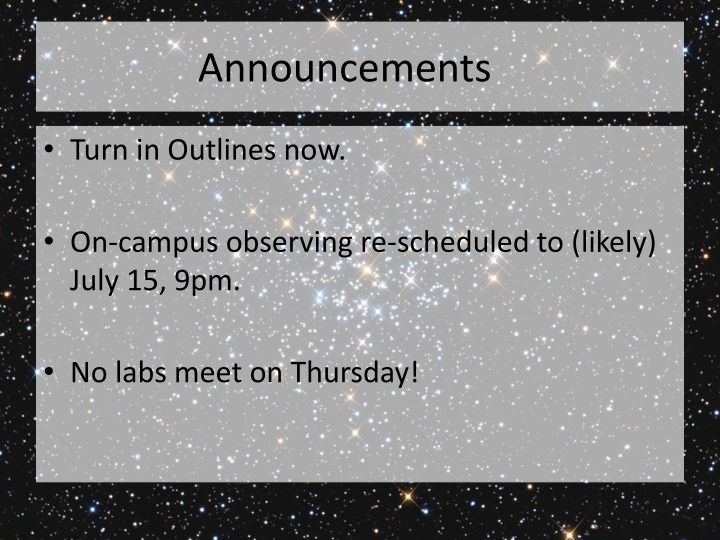
Exploring Star Clusters: Main Sequence Fitting and Distance Modulus
Delve into the fascinating world of star clusters and learn how to determine their distance and age using main sequence fitting and the distance modulus method. Discover how color index and the turn-off point can provide insights into the age of stars within a cluster. Be prepared for an immersive learning experience that involves analyzing plots, matching magnitudes, and unraveling the mysteries of these celestial bodies.
Download Presentation

Please find below an Image/Link to download the presentation.
The content on the website is provided AS IS for your information and personal use only. It may not be sold, licensed, or shared on other websites without obtaining consent from the author. If you encounter any issues during the download, it is possible that the publisher has removed the file from their server.
You are allowed to download the files provided on this website for personal or commercial use, subject to the condition that they are used lawfully. All files are the property of their respective owners.
The content on the website is provided AS IS for your information and personal use only. It may not be sold, licensed, or shared on other websites without obtaining consent from the author.
E N D
Presentation Transcript
Announcements Turn in Outlines now. On-campus observing re-scheduled to (likely) July 15, 9pm. No labs meet on Thursday!
Tiffany Pewett pewett@chara.gsu.edu LAB 13: AGES & DISTANCES OF STAR CLUSTERS
Star Clusters Can use main sequence fitting to find distance and age.
Main Sequence Fitting Plot color magnitudes for many stars in the cluster to form a main sequence. Match this to known M-S absolute magnitudes. Find Distance!
Lining Up the Main Sequence Line it up with the bottom of the star cluster. There are many binary stars in clusters which show a higher luminosity. This pushes them higher up on the plot and will negatively affect your answers.
Distance Modulus Apparent magnitude (m) value at absolute magnitude (M)=0. Part of distance modulus equation: D=10 10(m-M)/5 Use this m value to find distance on the plot.
Finding Ages We know all stars formed at same time. Can find age by finding what types of stars are left and which are starting to die. This is called a turn-off
Color Index Accounts for light lost to dust in space. Light appears redder when absorbed by dust. Can affect our distance measurements!
